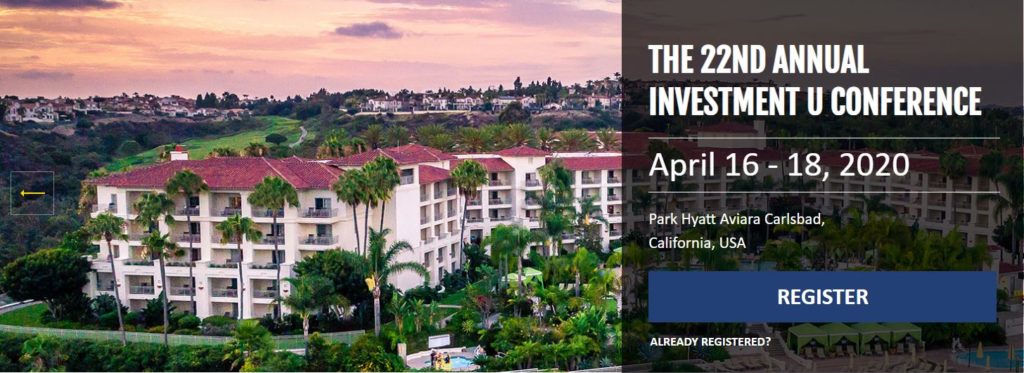EMX Royalty (TSX.V: EMX | NYSE: EMX)
EMX Royalty, The Royalty Generator, once again has more insider buying! We are on record for sharing in 2019 and 2020 that we plan to match our bullion purchases with shares in EMX Royalty. On the 13 of March Insiders’ of EMX purchased an additional 44,706 shares. We have enclosed the most recent corporate presentation of EMX Royalty for your review on the green bar above. We are of the opinion that EMX Royalty’s share price has a strong potential to melt up!
For additional inquiries contact:
Investor Relations
Mr. Scott S. Close
Email: sclose@emxroyalty.comPhone: +1 (303) 973-8585https://youtu.be/AzQ7VSlI1-w




